Before we get into the activities, why do children need to learn about being environmentally conscious? When we teach kids about the environment, we help them become responsible citizens.
Ultimately, children will inherit the planet we leave them. For their good and for the benefit of future generations, it’s important that they know how to care for the Earth. So, how can we do this? Everyday activities and actions teach your child to be environmentally conscious.
5 Activities that Teach Your Child About Mother Earth
Here are some fun activities to try:
1. Read Books About the Environment
One of the best ways to teach kids about the environment is by reading books! Reading a good book can open up important discussions about the environment and also provide actionable steps. Here are a few to try:
- The Lorax by Dr. Seuss
- Somewhere in the Ocean by Jennifer Ward and T. J. Marsh
- The Watcher by Jeanette Winter

Need more books to read? Try these!
2. Recycle and Reuse Together
Whether doing arts and crafts or doing everyday chores, find opportunities to recycle and reuse! For example, instead of buying new cloths to wipe up spills on the floor, use old t-shirts. Or, instead of buying a new pencil holder, make one using a plastic water bottle and some decorative materials.
You don’t have to do anything super fancy. Even grabbing an old pizza box and inviting your child to paint on it can be a great activity to get started with.
When doing these crafts and activities with your child, point out the benefits. For example, you might say:
- “By using old cardboard, we save more paper and need to cut down fewer trees.”
- “By using old clothes as rags, we don’t need to buy new ones that are made in factories that cause pollution.”
- “We can avoid making plastic waste by using reusable water bottles!”
Need some inspiration for craft time? Try these crafts!
3. Make Compost Together
Worldwide, food waste adds up to a whopping 3.3 tons of carbon dioxide released into the atmosphere. We can all help cut that number down by composting at home.
This is a fun activity that you can do with your child to help the environment while also teaching them important lessons. You’ll need kitchen scraps, brown waste such as dried leaves or newspaper, and a space to do it. You can even use an old trash bin as your composter. To involve your child, invite them to paint the outside of your compost bin. Or, have them cut out a portion of a milk jug and decorate it to serve as your scrap collector in the kitchen. Then, involve your child in the process.
Need more details? Here’s a quick guide to composting.

4. Plant a Pollinator Garden
Pollinators like bees and butterflies are running out of natural habitats and often struggle with pesticides. Make a pollinator garden in your back or front yard. Even some pots on a balcony will do the trick! The best plants to use are native plant species.
Invite your child to help you prepare the soil and plant the seeds or seedlings. Then, invite your child to use a watering can to care for the plants. You and your child can also paint smooth stones to decorate the garden.
5. Make Eco-Conscious Choices Together
When you’re out shopping, challenge your child to help you find the most eco-conscious choices available. For example, when choosing detergents, look for eco-friendly options. Or, ask your child to choose environmentally conscious toys for their Christmas list. Over time, you can help your child learn the characteristics of an eco-conscious item. For example, choosing natural materials like wood over plastic, or using reusable items rather than disposable are just a few choices you can explain to your child.
With these activities, you can help your child turn into a budding environmentalist!
How do you teach your child about the environment? Drop a comment below!
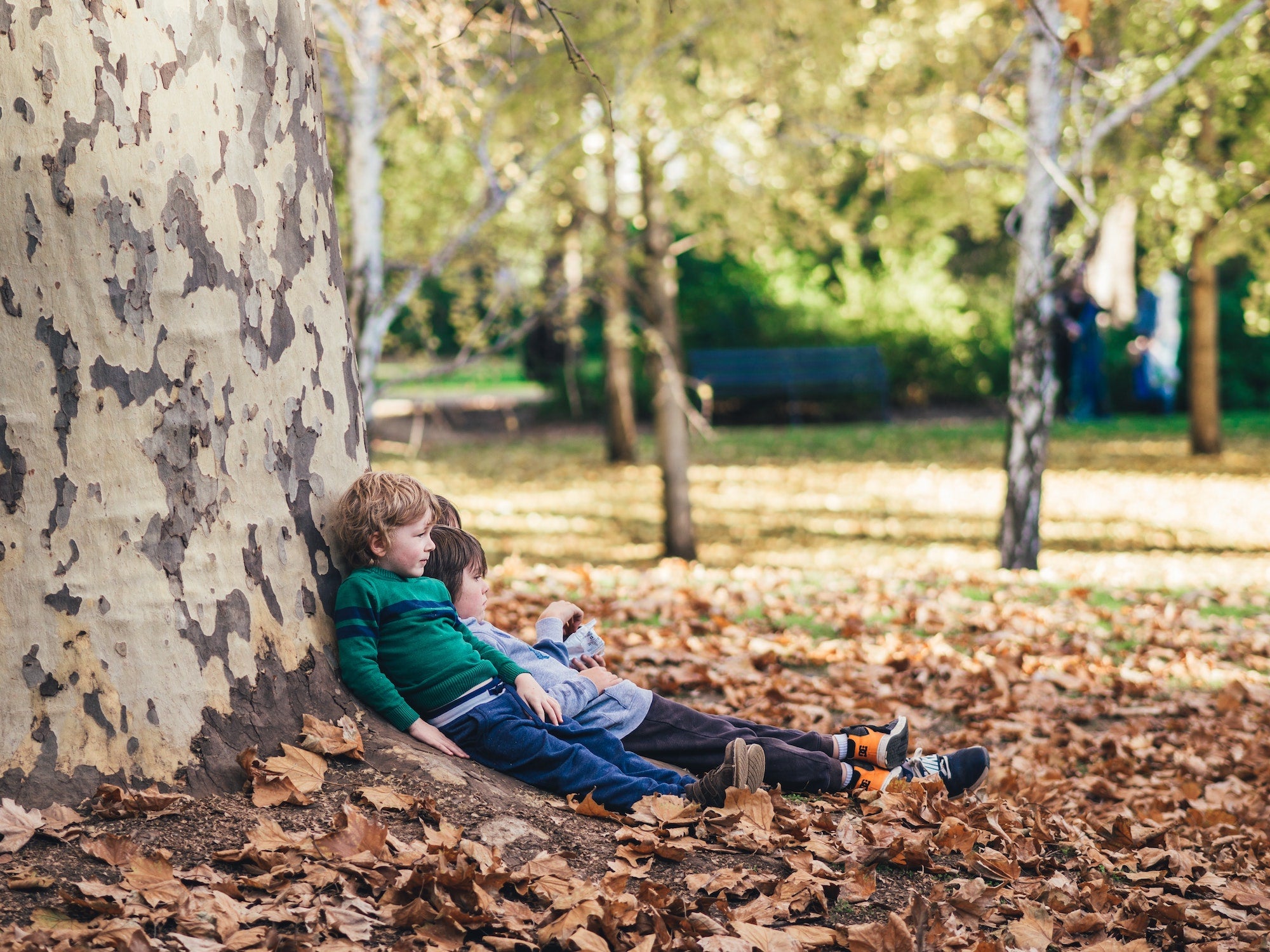

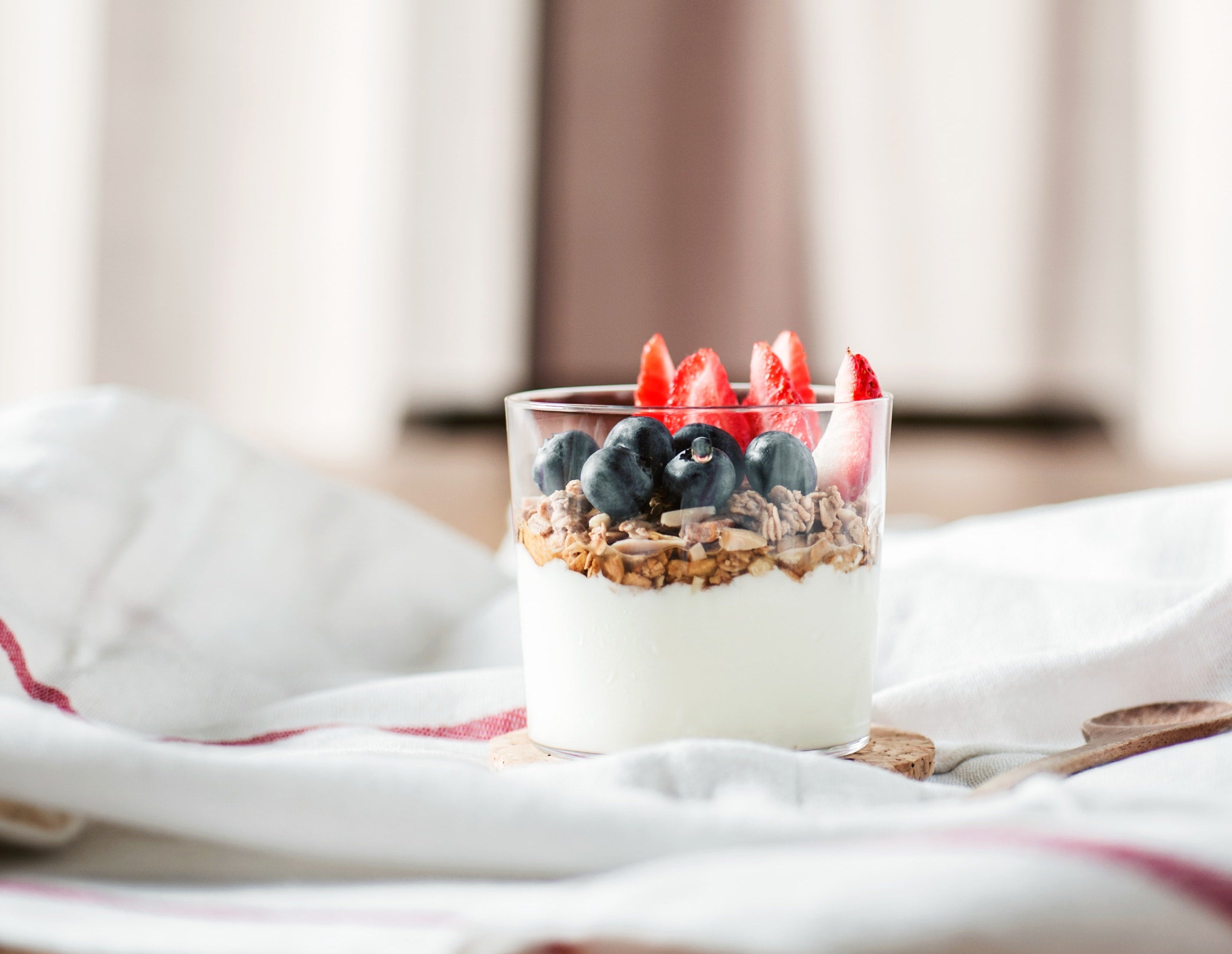
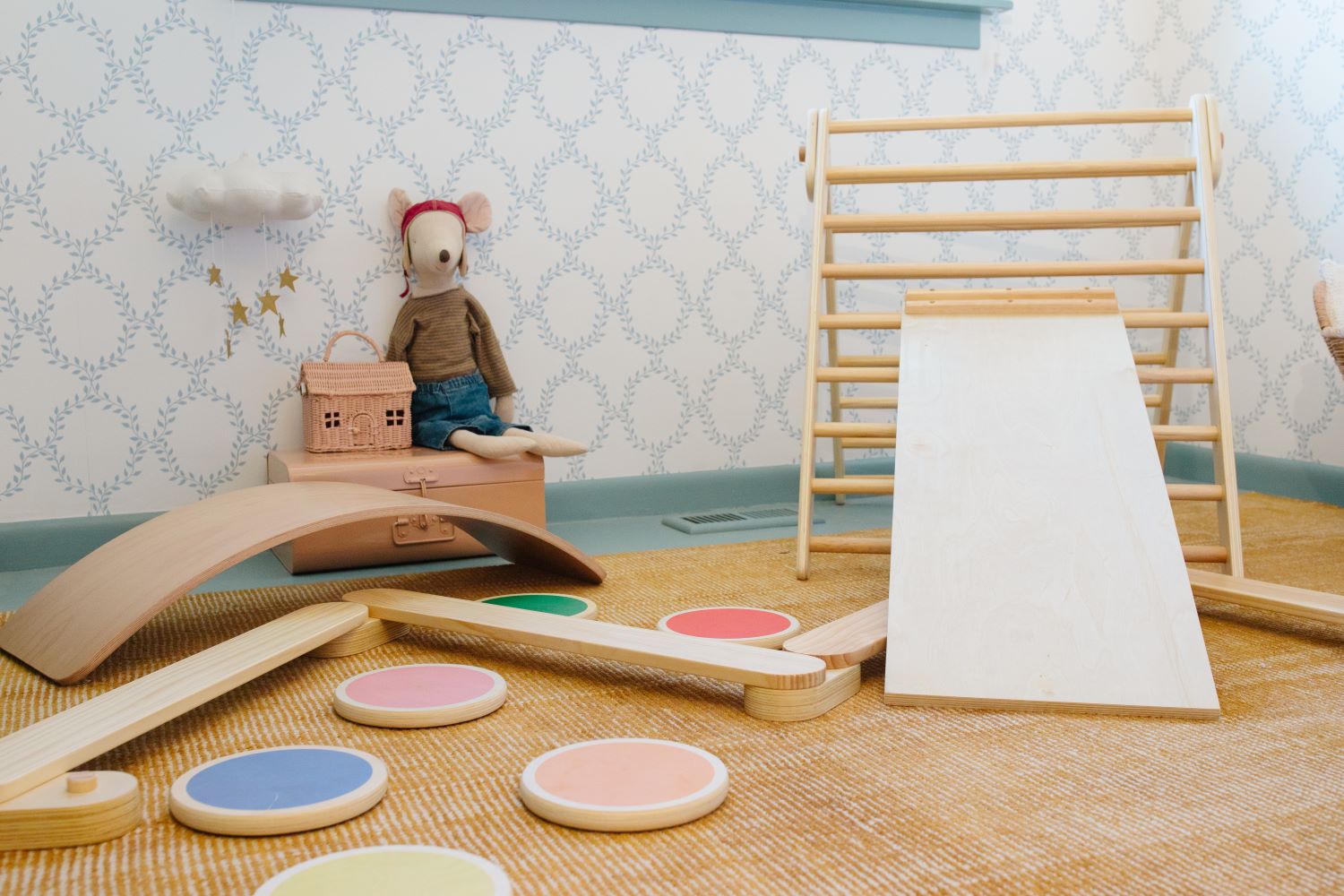
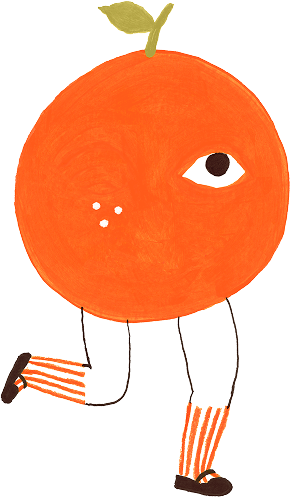
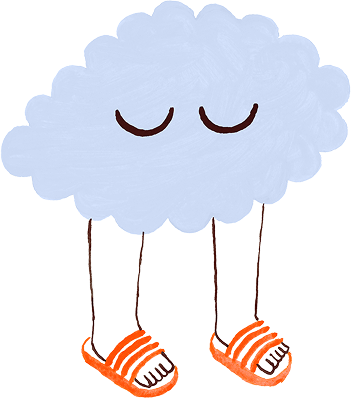
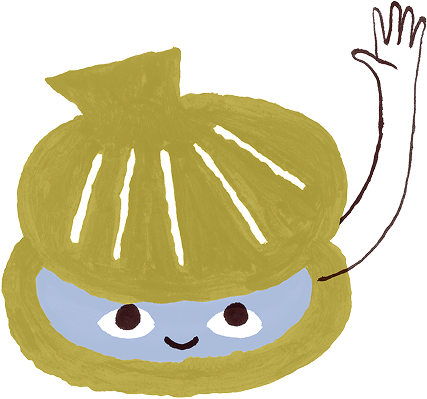
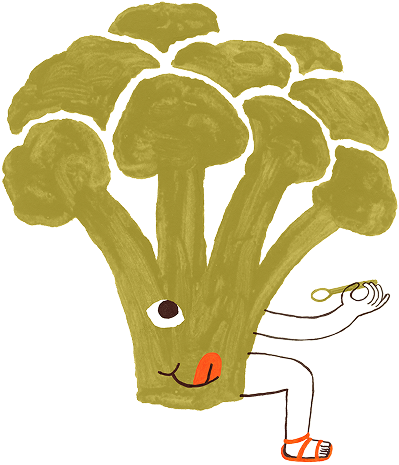
Leave a comment
This site is protected by hCaptcha and the hCaptcha Privacy Policy and Terms of Service apply.